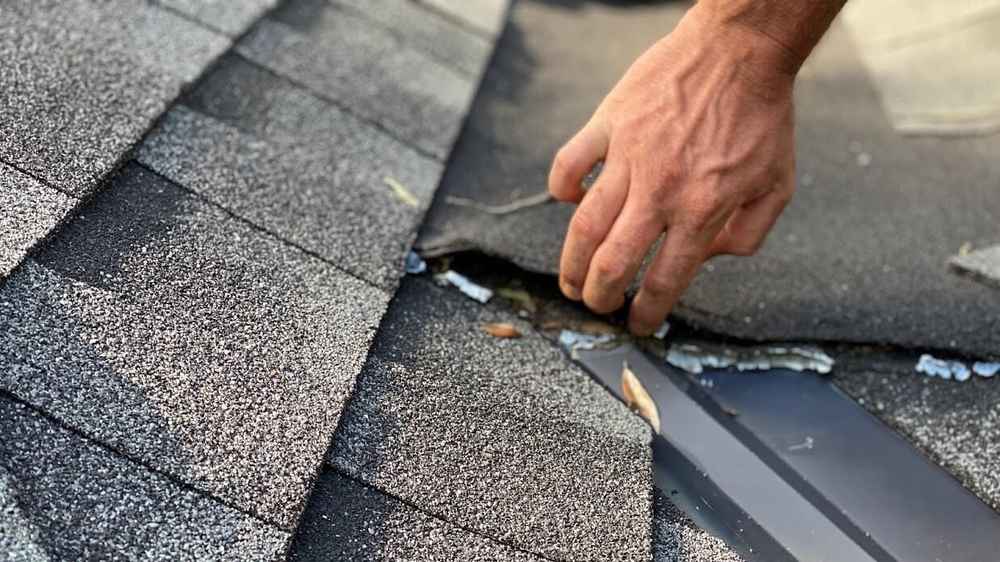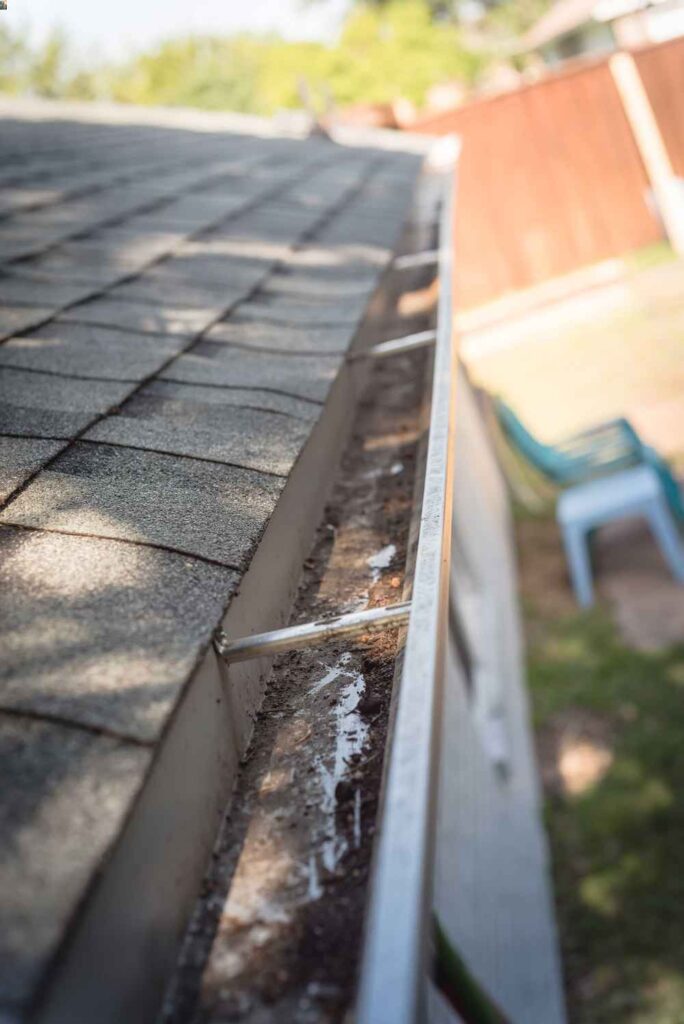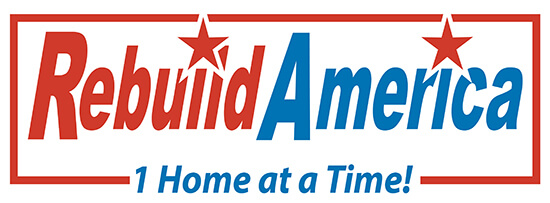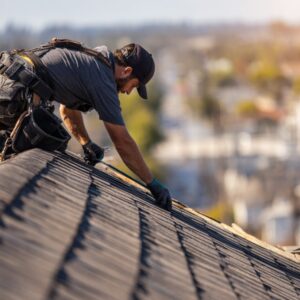It’s true, fall in Long Island is beautiful—but it’s also prime time for your roof to start throwing tantrums.
Between heavy rain, swirling winds, and falling leaves that love clogging gutters, Long Island roofing repairs spike like clockwork this time of year. And yet, every season, homeowners get caught off guard. Don’t be that guy standing in your living room with a bucket under a drip, asking “how did this happen?”
If you haven’t had a roof repair in Long Island since last year’s storms (or ever), this is your reminder: now is the time.
In this post, we’ll break down:
- What to check before storms roll through
- How to spot early warning signs of roof damage
- What makes fall maintenance in Long Island a non-negotiable
- When to DIY—and when to bring in a pro
Not sure where that leak is coming from? Rebuild America can help. We’ve been at this for generations, and we know what makes Long Island roofs fail—and how to keep yours from joining the list.

Why Fall Weather Wrecks Roofs on Long Island
Here’s the thing about fall storms on Long Island: they sneak up on you. One minute it’s 68° and sunny, and the next? You’ve got 40 mph gusts and tree limbs slamming into your shingles.
Here’s what you’re up against:
- Wind-driven rain that finds even the tiniest gap in your flashing
- Debris build-up that clogs drainage and traps water
- Fast temperature swings that age shingles prematurely—especially if they’re already 10–15 years old
If your roof is already showing signs of wear, these seasonal hits push it over the edge. It’s not just a matter of replacing a couple shingles—it’s water stains on your ceilings, rotting decking, and real money out of your pocket.
Our crew sees this constantly: small roofing issues ignored in the summer become major repair jobs by Halloween. And with so many older homes on the Island (especially pre-1934 capes and colonials), there’s a good chance your roof decking isn’t even up to modern standards.
Get Ahead of It: What You Need Before Starting
Before you grab a ladder or schedule a roofing appointment, here’s what you should have ready:
- Basic roof info: age, last time it was replaced, any previous leaks
- A visual scan for shingle issues, debris, or standing water
- Gutter access and time to clear them out
- A short list of questions: Is this something I can monitor? Or does it need a pro?
If you’re working with GAF roofing products, flashing around a portico or skylight, or dealing with a low-slope section—call someone who knows what they’re looking at. You don’t want to miss the one detail that leads to a big repair.

Fall Roof Maintenance: The Must-Do Checklist
1. Scan for Shingle Damage
Look up. If you see curling, cracking, or missing shingles—especially around edges and ridges—that’s step one. Damaged shingles open the door for wind and water.
2. Clear Those Gutters
Leaves and twigs don’t just block drainage—they cause water to back up under shingles. And once water gets in, it’s not leaving without doing some damage.
If you’ve got half-round or box gutters, make sure they’re flowing. K-style gutters tend to clog faster with falling leaves.
3. Trim Back Tree Limbs
Overhanging branches = future roof holes. Trim anything close enough to fall on your home. Bonus: it helps reduce moss growth too.
4. Inspect Flashing & Roof Penetrations
Chimneys, skylights, vents—these are the usual suspects. If flashing is rusted, loose, or missing altogether, fix it now. If you don’t know what flashing looks like, that’s a good sign you should call us.
5. Check the Attic
Moldy smells, damp insulation, or daylight peeking through the decking? Those are silent signals that moisture is already finding its way in.
Why It Matters: Cost, Longevity, and Local Realities
Let’s talk numbers.
A full asphalt shingle replacement on Long Island typically runs $12,500–$16,000 for a cape or colonial. Metal roofs? You’re looking at $30K and up. Repairs aren’t cheap either—and the problem is, most folks spend more on chasing leaks over time than they would on just handling the problem once.
But here’s the kicker: most of the worst roof damage we see? Preventable. We’re talking about:
- Misaligned shingles
- Improper nailing
- Flashing shortcuts from the original install
We’re not trying to scare you—we’re just being real. A lot of roofing issues aren’t from the weather. They’re from shortcuts. And they usually show up about 10 years in… right when you’re trying to sell or refinance.
At Rebuild America, we don’t cut corners. We’re GAF Master Elite Certified, which puts us in the top 2% of roofing contractors nationwide. We install the right system with the right specs—every time.
We’re also the only GAF Timberline Solar Shingle Installer in the area, and yes, that’s worth bragging about. Want your roof to pay you back over time? Ask us about solar while you’re at it.
And if cost is your concern? We get it. That’s why we offer financing for Long Island roof repairs—including low monthly payment options through our Service Finance partnership.
For premium roofing materials, we also work with EcoStar’s synthetic slate and tile options—ideal for homeowners looking for durability and design.
Quick Checklist: Don’t Skip These
| Task | Why It Matters | Pro Recommended? |
| Gutter Cleaning | Prevents fascia rot & water backup | No |
| Shingle Inspection | Finds early damage from summer storms | No |
| Flashing Check | Stops leaks at vents & chimneys | Yes |
| Tree Trimming | Prevents punctures & abrasion | Sometimes |
| Attic Vent Check | Reduces moisture & mold risk | Yes |
Long Island Roofing FAQs
How often should I get my roof checked?
You should schedule a roof inspection in Long Island at least twice a year—once in the spring and again in the fall. Inspections are also recommended after major storms, especially with the high winds and rain typical in this region.
Can I inspect my own roof?
While it’s possible to do a basic visual check from the ground, DIY roof inspections in Long Island often miss critical issues like flashing gaps, nail pops, or early granule loss. For safety and accuracy, it’s best to bring in a professional.
What are common fall roofing problems in Long Island?
The most common fall roofing problems in Long Island include clogged gutters, loose or curled shingles, and failed flashing around chimneys and vents. These small issues often lead to leaks and emergency roofing repairs if left untreated before storm season.
How long does a typical roof last on Long Island?
A well-installed asphalt shingle roof should last 25–30 years in Long Island. However, poor workmanship, weather exposure, or skipped maintenance can shorten that. If you’ve had multiple roof repairs in Long Island already, a full replacement might be more cost-effective.
What types of roofing repairs does Rebuild America offer?
We handle a wide range of roofing repair services in Long Island, including sectional repairs, leak diagnostics, flashing replacements, and low-slope roof fixes. We also inspect the 12 key leak points to ensure a full system is functioning—not just patching one area.
Do you offer warranties on roof work?
Yes, Rebuild America offers the GAF Golden Pledge Lifetime Warranty, which covers materials, labor, and workmanship. This warranty is backed by the manufacturer and is transferable to the next homeowner—a huge benefit when selling a home in Long Island.
Do you offer financing for roof repairs?
Yes, we provide financing options for Long Island roof repairs through our partnership with Service Finance. These include low monthly payment plans to help make roof work more affordable without compromising quality.
Don’t Wait for a Leak
Fall storms don’t wait. Neither should you.
Your roof protects your biggest investment, and a little seasonal maintenance now can save you thousands down the line. Whether you’ve got GAF Timberline shingles, a cedar roof, or a synthetic slate system—we’ve seen it, fixed it, and built it better.
At Rebuild America, we’ve been roofing Long Island homes for generations. We live here. We build here. And we care about doing things right.
Schedule your appointment today before the next storm shows up on your forecast.



